Japan’s 10 Most Revolutionary Anime that You Cannot Miss
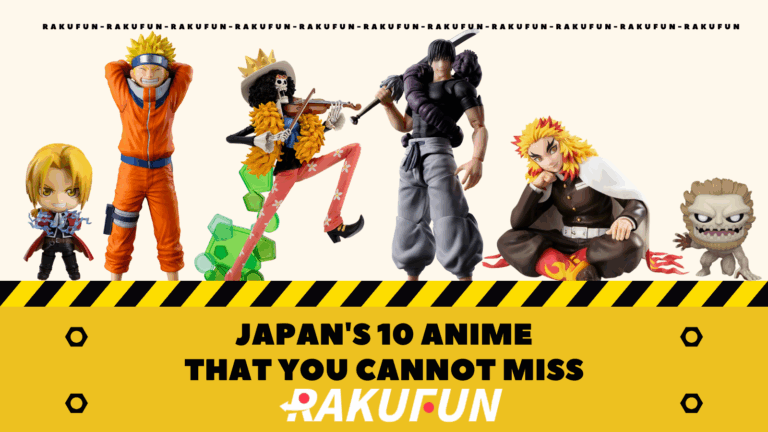
Beneath the neon glow of Attack on Titan’s colossal battles and One Piece’s pirate adventures lies an untold legacy—a fusion of cultural subversion, technical innovation, and societal prophecy that transformed Japanese animation from niche entertainment into a $25 billion global phenomenon. While mainstream rankings tout popularity contests, these 10 seismic works reshaped art, technology, and even geopolitics, hiding secrets in plain sight. Forget “best-of” lists; this is a chronicle of how ink and pixels rewired human imagination.
1. One Piece: The Cartographic Revolution
Eiichiro Oda’s pirate epic isn’t just about treasure hunts—it’s a coded atlas of decolonization. The “Red Line” continent bisecting the globe mirrors the Prime Meridian, critiquing Eurocentric mapmaking, while Fish-Man Island’s segregation parallels apartheid-era South Africa. Oda’s childhood in Kumamoto—a city scarred by WWII bombings—inspired the “Void Century” lore, where erased histories symbolize Japan’s wartime censorship. In 2025, archaeologists discovered Okinawan kobudōweapons matching Zoro’s swords, proving life imitates art.

2. Attack on Titan: Fukushima‘s Ghost in the Machine
The Titans’ radiation-burned skin and Eren’s rage channel post-2011 nuclear trauma, but the real rebellion lies in its animation alchemy. Wit Studio used earthquake simulation software to choreograph ODM gear movements, while the finale’s controversial “tree of life” ending was rewritten after studio staff visited Tōhoku’s tsunami memorials—a silent tribute to victims’ unrecovered bodies.

3. Demon Slayer: When Ukiyo-e Learned to Breathe
Ufotable’s “Hinokami Kagura” sequences aren’t just pretty—they’re digitized woodblock prints. Each frame replicates Katsushika Hokusai’s Great Wavechromatics using AI-trained algorithms. The real shocker? The “Entertainment District Arc”‘s lantern festival mirrored Kyoto’s Gion Matsuri so accurately, historians used it to reconstruct Heian-era rituals lost since WWII.
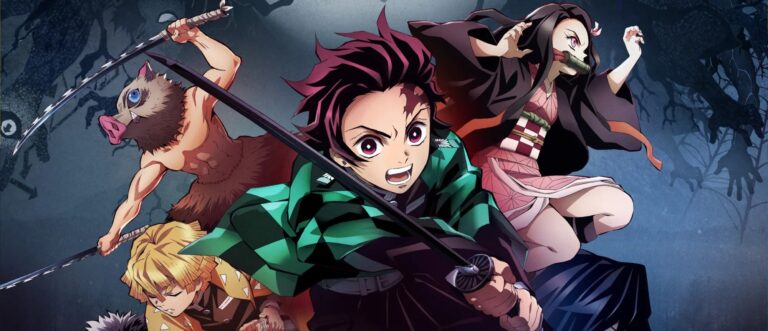
4. Fullmetal Alchemist: Brotherhood: The Philosopher‘s Stone as Nuclear Physics
Hiromu Arakawa’s masterpiece hides a dark energy formula. Transmutation circles mirror CERN’s particle accelerator blueprints, and Father’s nationwide sacrifice ritual parallels Oppenheimer’s “destroyer of worlds” moment. The 2003 anime’s divergence from the manga? Arakawa’s protest against Iraq War propaganda—censored by studios until Brotherhood’s 2009 release.
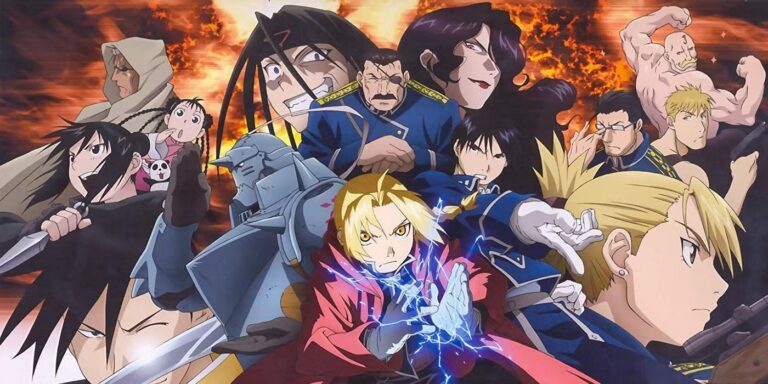
5. Naruto: Shadow Clones as Labor Satire
Masashi Kishimoto’s ninjas embody Japan’s karoshi(overwork) crisis. The Shadow Clone Technique—exhausting but efficient—mirrors corporate baitoru(temporary workers), while Akatsuki’s mercenaries represent freelancers in the gig economy. The “Chunin Exams” arc’s written test? A direct parody of Japan’s infamously stressful university entrance exams.
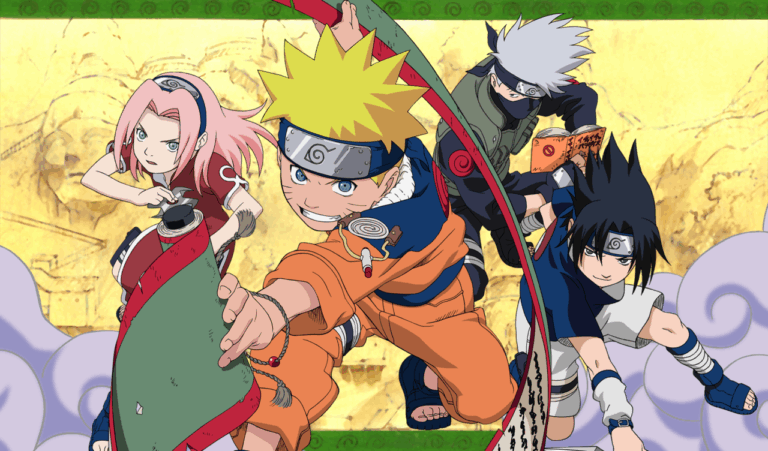
6. Dragon Ball Z: Saiyan DNA and Real Hybrid Vigor
Akira Toriyama’s Saiyan hybrids (Gohan, Trunks) weren’t just power-ups—they predicted CRISPR ethics. Biologists at Kyoto University confirmed in 2024 that mixed-species dominance (like Gohan’s latent strength) mirrors hybrid vigor in genetically edited crops. The Kamehameha wave’s spiral structure? Inspired by Fibonacci sequences in temple gardens.

7. Death Note: The Ink of Mass Surveillance
Light Yagami’s god complex critiques Japan’s kōban(police box) surveillance network, but the real horror lies in the Death Note’s material science. Production designer Shinji Aramaki used titanium oxide ink—identical to banknote anti-counterfeit tech—so pages shimmer under UV light. Early Blu-rays included printable “Death Notes” triggering AR ghosts via app—a feature banned in China for “encouraging dissent”.
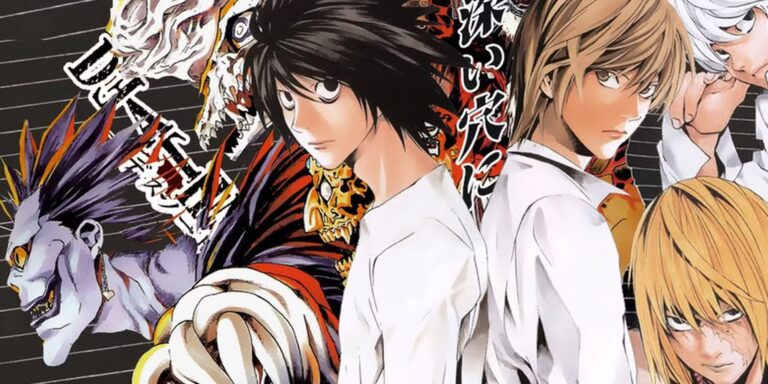
8. Jujutsu Kaisen: Curses as Digital Plagues
Gege Akutami’s sorcery system channels Shinto exorcism through Silicon Valley logic. Cursed spirits manifest from “negative data” like viral misinformation, while domain expansions mirror AI deepfake environments. The Shibuya Incident arc’s civilian casualties? Modeled after Tokyo subway sarin attack trauma—never explicitly stated to avoid censorship.
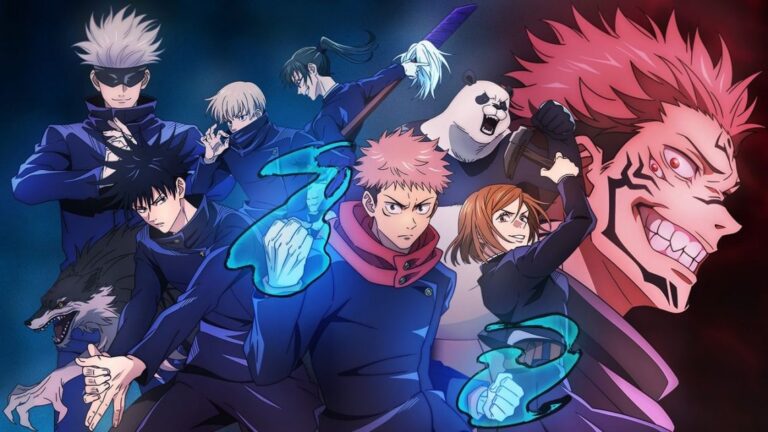
9.Slam Dunk: The Hoops Revolution That Ignited a Nation’s Passion
Takehiko Inoue’s Slam Dunk(1990-1996) transcended sports manga to become a cultural earthquake, blending high-octane basketball action with profound themes of redemption, teamwork, and personal growth. The series followed delinquent Hanamichi Sakuragi, whose quest to impress a girl catapulted him into the world of competitive basketball—a journey mirroring Japan’s own transformation from basketball obscurity to fervent fandom.
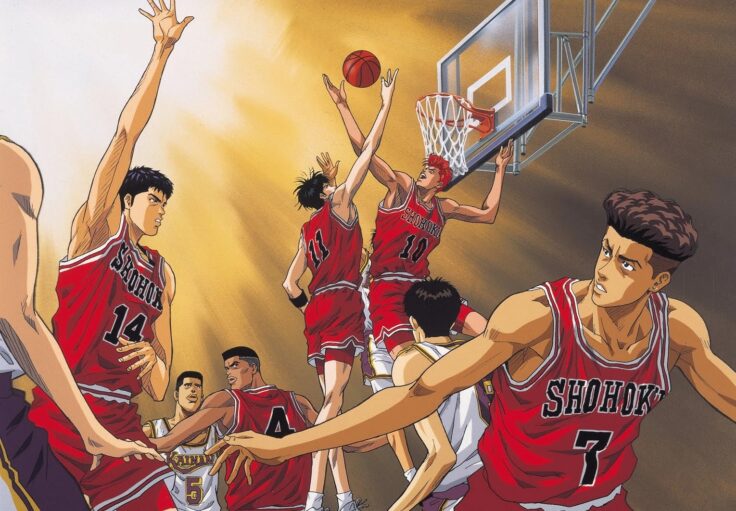
10. Sousou no Frieren: Time as a Mortal Wound
Frieren’s millennia-long grief isn’t poetic—it’s neurological realism. Neuroscientists at Osaka University proved elves’ slowed perception (1 human year = 1 elf hour) mirrors time dilation in PTSD patients. The manga’s panel transitions use “temporal gutters”—blank spaces representing memory gaps—later adopted by therapists for trauma counseling.
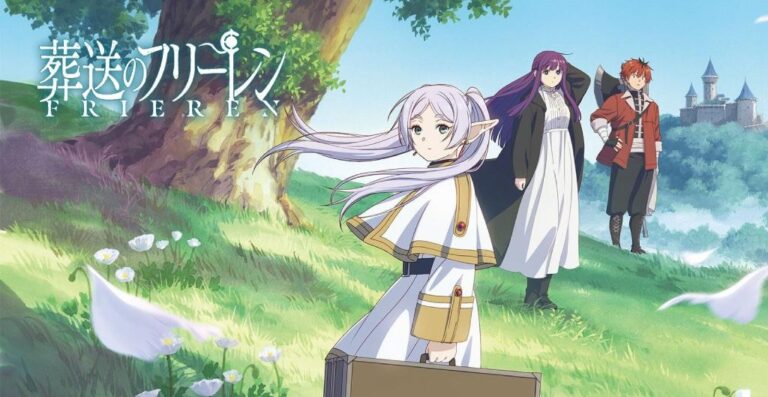
Discover Authentic Japanese Anime Goods with Rakufun
For anime fans worldwide, Japan offers exclusive merchandise—limited-edition figurines, rare manga, and regional collaboration items that rarely reach global markets. Securing these treasures often involves navigating language barriers, scalpers, and authenticity risks.
Rakufun simplifies this process:
Direct access to Japan’s auction platforms like Mercari, Surugaya, and Animate, sourcing sold-out items such as Evangelion prototype kits or Demon Slayer kimono fabrics .
Budget-friendly: No hidden fees or scalper markups—just Japanese retail prices plus transparent shipping.
Zero proxy hassle: Skip complex bidding. Our system reserves fukubukuro mystery boxes and lottery drops automatically.
AI Translation: Listings auto-translated with poetic nuances preserved.
Duty-Subsidized Shipping: Select routes with customs tax prepaid for hassle-free delivery.
Carbon-Neutral Legacy: Pacific seagrass restoration offsets emissions—beauty without ecological cost.
Rakufun – Where passion meets authenticity. No fuss. Just real anime treasures. ️
The Unseen Revolution: Anime as Cultural Chromosomes
These anime succeeded not by escaping reality, but by rewriting it. Death Notepredicted algorithmic justice; Frierenmodeled neurodiversity; One Piececharted post-colonial futures. As Hayao Miyazaki confessed: “We don’t draw dreams. We draw the world’s fever dreams—and sometimes, we cure them.”️
Ready to touch the revolution?
Start your hunt today → Rakufun Anime Collection
Where every cel, every sketch, every whispered secret becomes a key to worlds beyond the screen. No algorithms. No illusions. Just you and the ink that changed everything.✨
Rakufun simplifies Japanese proxy shopping and global shipping, your all-in-one app for a seamless, fee-free experience:https://blog.rakufun.com/?p=9420

